UAM-08160X-II2S
10KM Long-range Underwater Acoustic Modem (UAM)
Deck Unit with Built-in Battery for Flexible Operation
The UAM-08160X-II2S underwater acoustic modem device, a deck unit in the UAM-08160X series, is designed for flexible deployment and ease of use. It comes with a 50m bearing cable for deployment at depths up to 30m , and the built-in 7Ah@24V battery supports approximately 8 hours of operation per charge . This device provides reliable underwater communication with a range of up to 10 km and a maximum user data rate of 4 kbps (bit error rate 10⁻⁴).
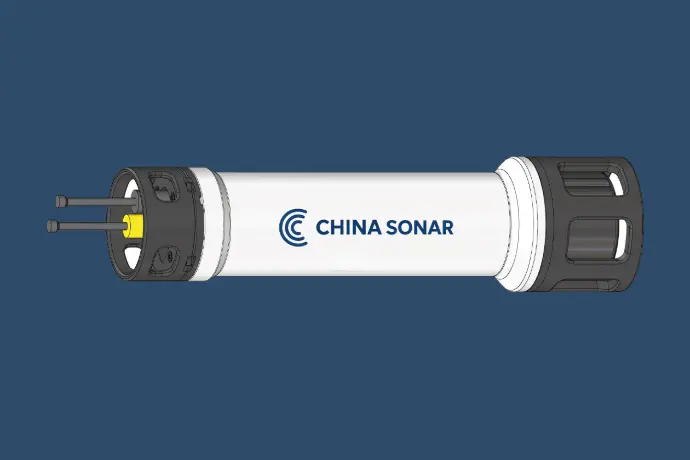
UAM-08160X-II2S
Key Features
- Reliable Long-range Communication — Supports up to 10 km communication range with data rates from 100 bps to 4 kbps and a bit error rate of 10⁻⁴.
- Built-in Power Supply — Integrated 7Ah@24V battery provides around 8 hours of continuous operation, supporting extended offshore missions.
- Flexible Deployment — Supplied with a 50 m bearing cable (extendable for deeper deployment), suitable for shallow to mid-depth water operations up to 30 m (max pressure 4.5 MPa).
- Easy Control and Integration — Compatible with RS485/RS232/RS422 interfaces and operated via user-friendly upper-level software.
- Compact and Robust Design — Lightweight and durable structure (11.5 kg in air / 8.5 kg in water) ensures easy handling and stable offshore deployment.
- Dual-mode Communication — Supports MASS and SC-MPSK modulation for adaptable underwater communication performance.
Overview
Applications
- Marine Observation — Coastal and nearshore environmental monitoring.
- AUV/ROV Communication — Reliable data links for autonomous or remotely operated vehicles.
- Hydrographic and Environmental Surveys — Suitable for ecological, seabed mapping, and water quality studies.
- Offshore Monitoring — Supports real-time communication for platforms, buoys, and coastal stations.
Specifications
Application Diagram

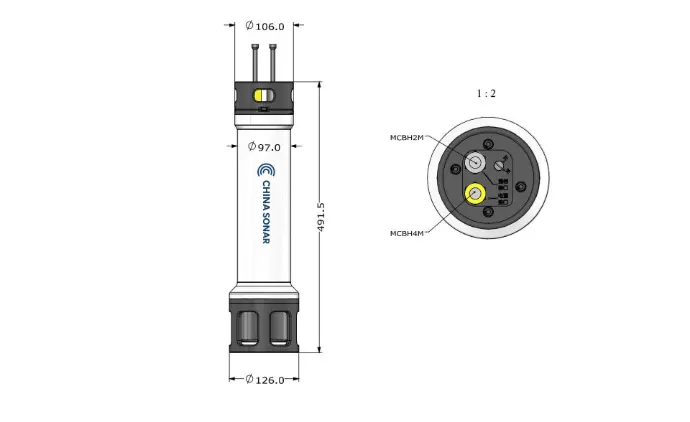
Related UAM Products series
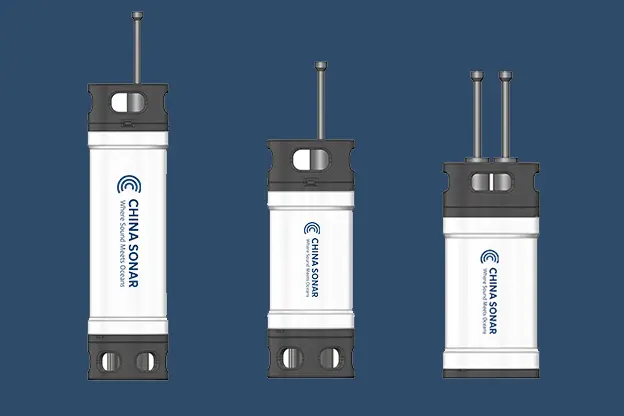
UAM-16320X Series
Frequency: 16kHz-32kHz
Communication Distance: 3km
Communication Rate:100-4kbps
Bit Error Rate:
10⁻⁴
Operating Range: 300m
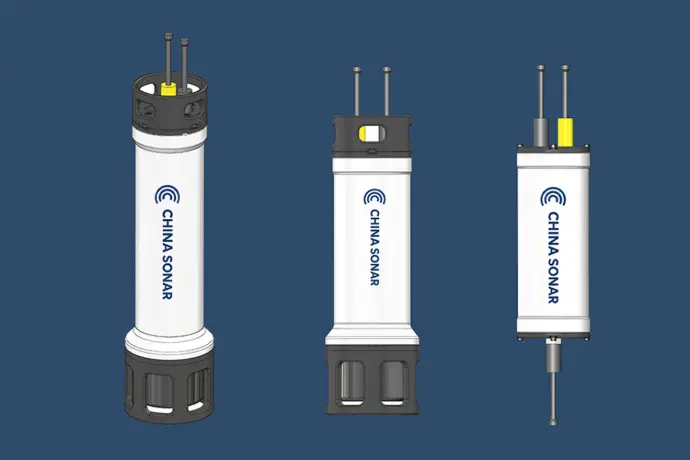
UAM-08160X Series
Frequency: 8kHz-16kHz
Communication Distance: 10km
Communication Rate:100-4kbps
Bit Error Rate:
10⁻⁴
Operating Range: 300-6000m
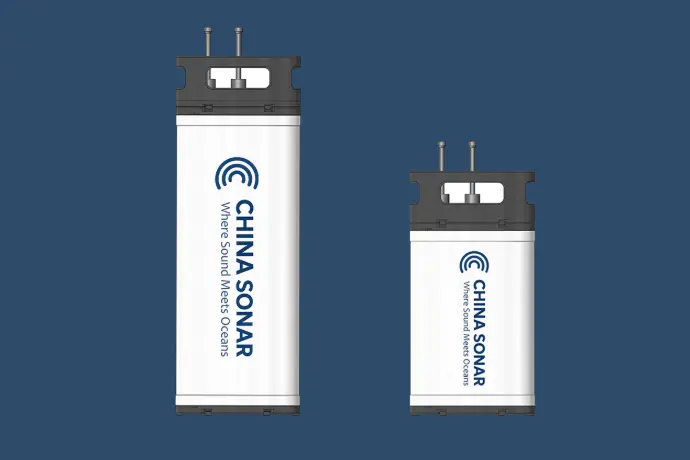
UAM-04080X Series
Frequency: 4kHz-8kHz
Communication Distance: 30km
Communication Rate:100-1kbps
Bit Error Rate:
10⁻⁴
Operating Range: 6000m
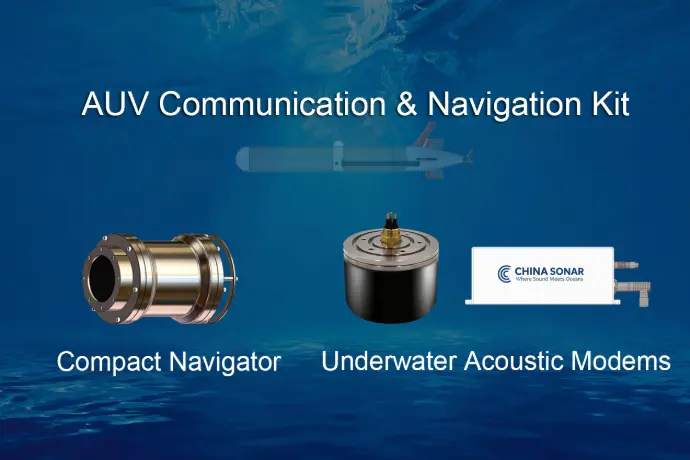
AUV Communication & Navigation Kit
Compact Navigator & Underwater Acoustic Modem
Designed for Autonomous Underwater Vehicles (AUVs), the AUV Communication & Navigation Kit delivers high-precision navigation and reliable underwater communication in a unified solution.
- NAVS-3000 Compact Navigator — Provides INS-based positioning, DVL velocity measurements, and depth data for precise real-time navigation.
-
UAC-08160X-OEM Underwater Acoustic Modem — Ensures stable, long-range underwater communication across multiple frequency bands.